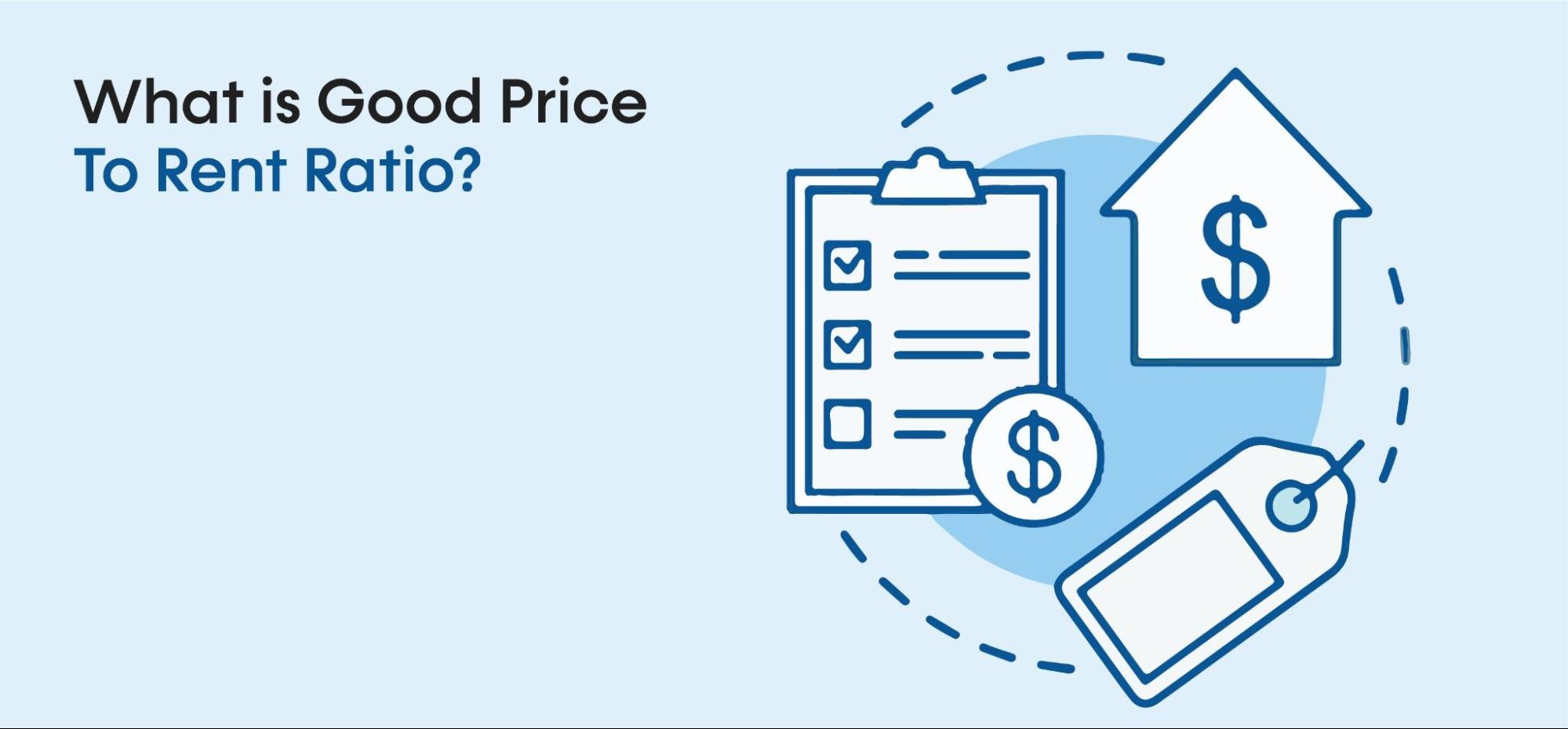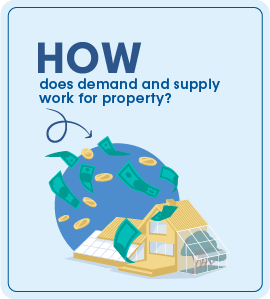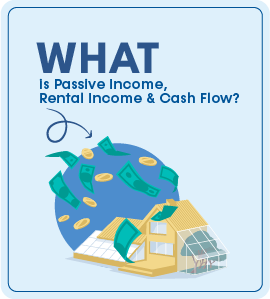Investing Guide
What is a good purchase price to rent ratio?

Real estate can be a reliable source for generating passive income and positive cash flow in the form of rentals. The added advantage is that besides generating a regular passive income, real estate is most likely to see an increase in its value over time. Thereby, giving you prospective capital gains or price appreciation.
This is all well and good, but how does one evaluate if the rental income generated by certain real estate is worth it and fares better against other available investment options? Your real estate agent might tell you that the property will generate a rental yield of 0.5-0.8% but what does that even mean? And how does it compare with other properties and even other investment opportunities outside of the real estate sector? Here we will break down various approaches to evaluating if a property is worth investing with the objective of generating rental yield.
Gross Rent Multiplier
When you want to compare two investment opportunities, you cannot and don’t have to specifically evaluate just those two options. In order to familiarize yourself with what is prevailing returns in different markets, you can use this technique to evaluate potential investment opportunities. In this approach, you divide the total price of a property (including transfer taxes, any repairs, renovations, etc.) by the total annual rent prevailing in that particular market to find its GRM
. The lower GRM value would mean a higher return on your investment. Suppose:

So from the above examples, property C would be the most lucrative option for the purpose of generating rental income.
1% Rule
Another approach used to evaluate an investment’s worthiness is the 1% rule i.e. monthly gross rent of a property (excluding any expenses like tax etc.) should be more than or equal to 1% of the total purchase price (including transfer taxes, any repairs, and renovations, etc.). Let’s look at these examples to find out which of the properties beats the 1% rule.

So in the above cases, none of the properties beats the 1% rule. For properties A, B, and C to beat the 1% rule, their rents need to be higher than 100,000, 1,50,000, and 1,25,000 respectively. Nonetheless, this approach enables you to evaluate various properties and property types to see which offers the greatest returns. This rule is difficult to beat in most markets but gives you a benchmark to evaluate properties against.
Cap Rate
Cap rate is another approach that is a factor of annual net operating income or rental yield from a property (income after all associated expenses have been paid) and the total price of a property (including transfer taxes, any repairs and renovations etc.). It is calculated by dividing the annual Net Operating Income (NOI) from the property by its total price and multiplying it with a hundred to reach a percentage value. For example:

Even within these options, property C offers the greatest returns on your investment.
Conclusion
There is no magic figure for you to strive for while looking at the rental yield generation potential of any real estate investment opportunity. We have presented three different approaches which you can use to analyze potential options methodically. These approaches not only enable you to compare and contrast two real estate projects but also compare their ROI with other investment options like savings accounts, dividend-yielding stocks, mutual funds, etc.









